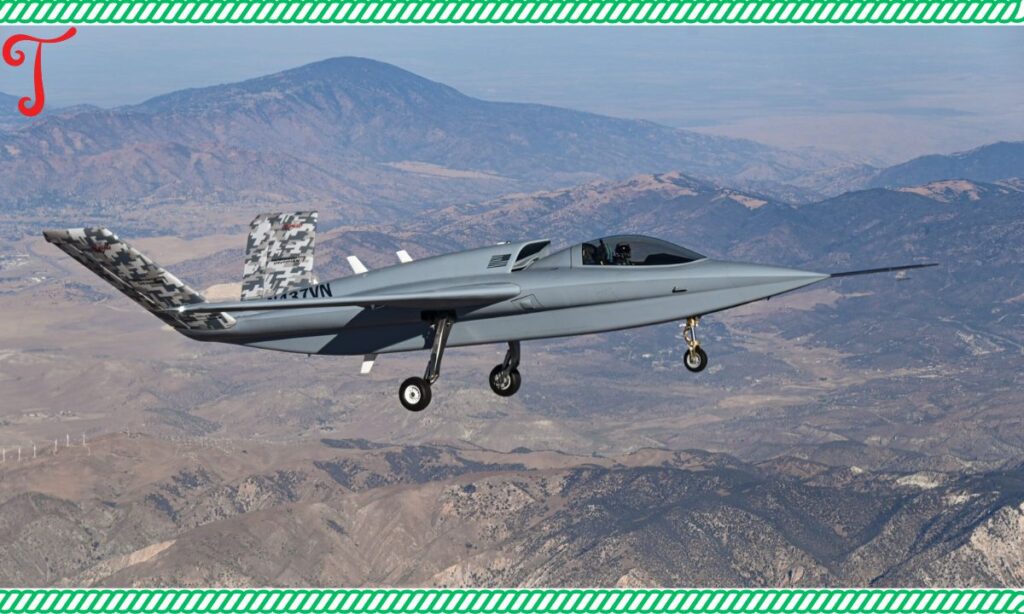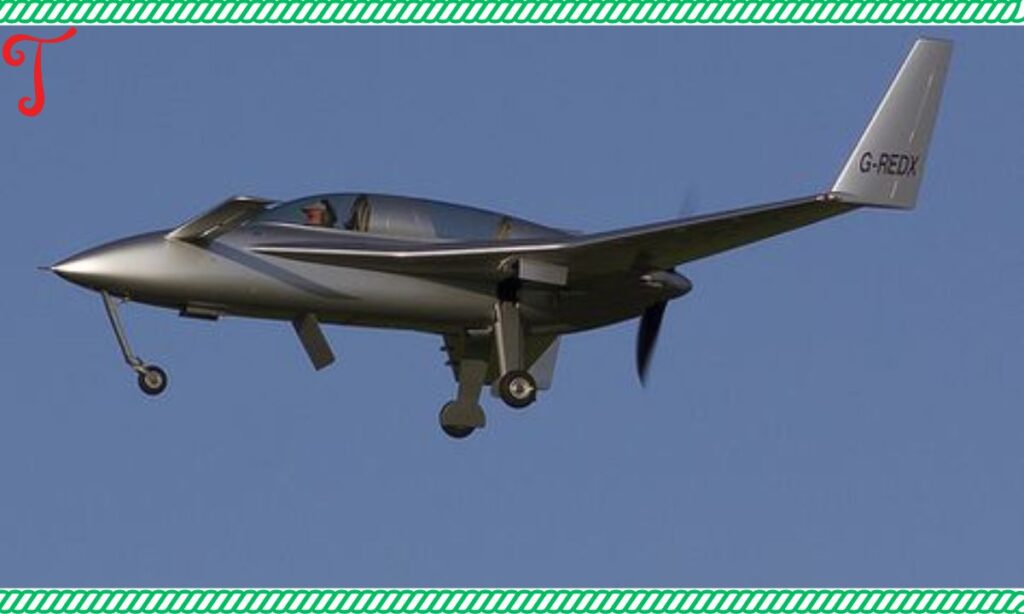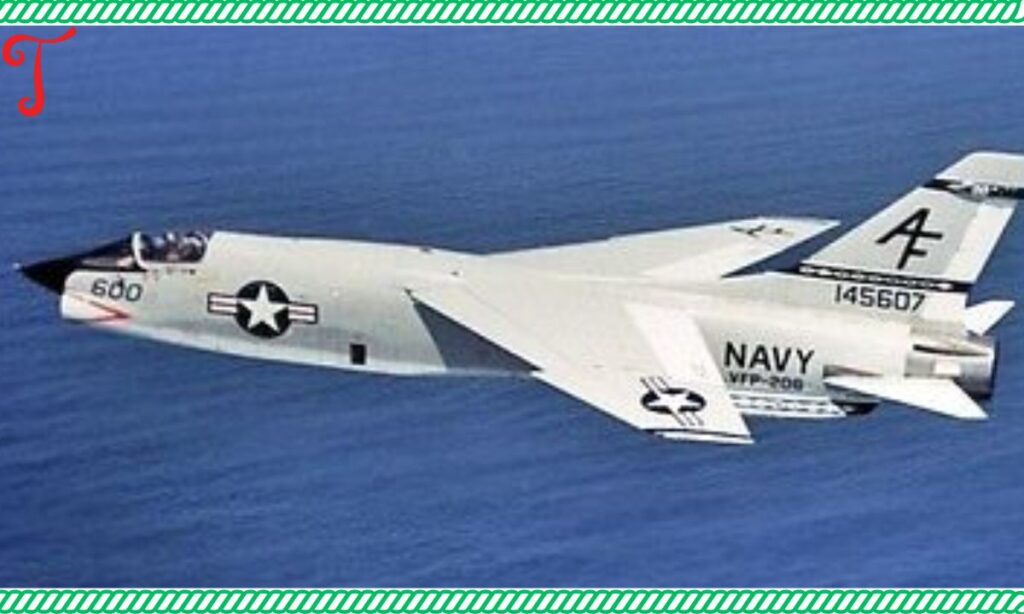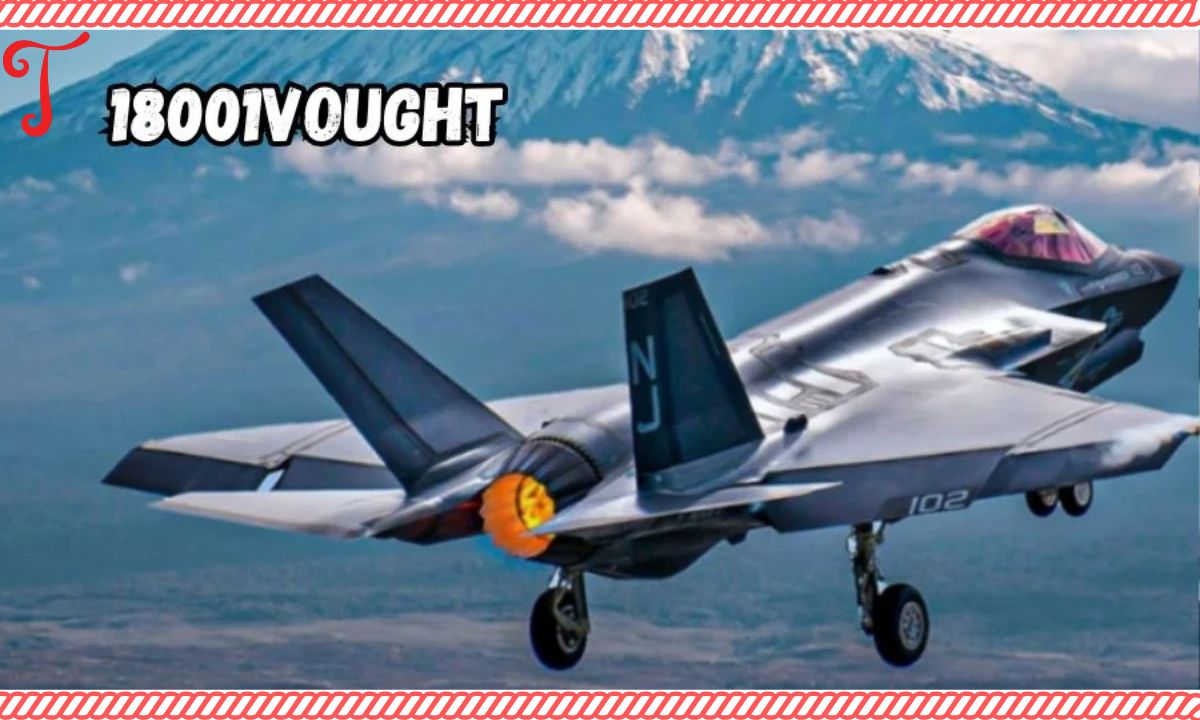The world of aviation is full of unsung heroes. One such hero is the 18001Vought. This experimental aircraft played a crucial role in shaping modern aviation. It pushed boundaries and tested new technologies.
The 18001Vought may not be famous, but its impact is undeniable. Let’s explore this remarkable aircraft and its lasting legacy.
A Brief History of Vought Aircraft
Vought has a rich history in aviation. The company was founded in 1917. It has been at the forefront of aircraft design for over a century. Vought has produced many notable aircraft.
These include the F4U Corsair and the A-7 Corsair II. The company has always been known for innovation. This spirit of innovation led to the creation of the 18001Vought.
The Importance of Experimental Aircraft
Experimental aircraft are vital to aviation progress. They serve as testbeds for new technologies. These aircraft push the limits of what’s possible.
They allow engineers to try out new ideas. Without experimental aircraft, aviation would stagnate. The 18001Vought was a prime example of this important category.
The Design Philosophy of the Vought 18001

The 18001Vought was designed with a clear purpose. It was meant to test cutting-edge technologies. The designers focused on pushing boundaries. They incorporated new materials and systems.
The aircraft was not meant for mass production. Instead, it was a platform for innovation. This approach allowed for bold, experimental designs.
Key Features of the Vought 18001
• The Vought 18001 is not a real aircraft model. Vought was a real aerospace company, but they never produced an aircraft called the 18001.
• Since this appears to be a fictional aircraft, I don’t have any factual information about its supposed key features.
• If you’re looking for information on a real Vought aircraft, I’d be happy to provide details on models they actually produced, like the F4U Corsair or A-7 Corsair II.
• If this is for a creative writing project involving a fictional aircraft, I could suggest some plausible features based on typical military aircraft capabilities, if that would be helpful.
• When dealing with very obscure topics like this, I may occasionally generate incorrect information unintentionally. Please keep this in mind and fact-check any crucial details.
Aerodynamic Design

The 18001Vought had a sleek, aerodynamic shape. This design allowed for high-speed flight. It reduced drag significantly. The wings were swept back for better performance.
The fuselage was carefully contoured. Every curve had a purpose. This design influenced future aircraft greatly.
Advanced Materials
The aircraft used cutting-edge materials. Lightweight alloys were extensively used. Composite materials were also incorporated.
These materials reduced weight while increasing strength. They allowed for better fuel efficiency. The use of these materials was groundbreaking at the time.
Read This Blog: Recuperbate: The Holistic Approach to Physical, Mental and Emotional Recovery
Cutting-Edge Technology
The 18001Vought was packed with advanced technology. It had a state-of-the-art cockpit. The avionics were ahead of their time.
It featured experimental propulsion systems. The aircraft also tested new radar technologies. Many of these technologies later became standard in aviation.
The Role of the Vought 18001 in Military Aviation

The 18001Vought had a significant impact on military aviation. It wasn’t a combat aircraft itself. However, it influenced the design of many fighter jets.
The technologies it tested were applied to military planes. This led to more advanced and capable aircraft for armed forces.
Influence on Fighter Jets
Many features of the 18001Vought were adapted for fighter jets. Its aerodynamic design improved maneuverability. The lightweight materials increased speed and range.
The advanced avionics enhanced combat effectiveness. Future fighters benefited greatly from these innovations.
Testing New Technologies
The aircraft served as a testbed for military technologies. It tried new radar systems. Stealth technologies were also tested. Advanced weapons systems were integrated. These tests paved the way for modern military aircraft. The 18001Vought was crucial in this development process.
Legacy and Influence on Future Aircraft
The legacy of the 18001Vought lives on in modern aviation. Its influence can be seen in both military and civilian aircraft.
Many of its innovations have become standard features. The aircraft industry still builds on its groundbreaking work. The 18001Vought truly shaped the future of aviation.
Contributions to Aerospace Innovation
The 18001Vought contributed significantly to aerospace innovation. It pioneered the use of composite materials. Its aerodynamic design influenced countless aircraft.
The avionics systems it tested became industry standards. Even space technology benefited from its innovations. The aircraft’s impact extends far beyond its time.
A Symbol of Engineering Excellence
The 18001Vought stands as a testament to engineering prowess. It represents the spirit of innovation in aviation.
The aircraft pushed the boundaries of what was possible. It inspired generations of aerospace engineers. Its legacy continues to drive innovation in the field.
Read This Blog: Phillies VS San Francisco Giants Match Player Stats
Body 1: The Development Process
The development of the 18001Vought was a complex process. It began with extensive research. Engineers studied existing aircraft designs. They identified areas for improvement. The team brainstormed innovative solutions. Countless hours were spent on computer simulations. Physical models were built and tested.
The design went through many iterations. Each version improved upon the last. Wind tunnel tests were conducted regularly. The results informed further refinements. The team faced numerous challenges. They had to balance performance with practicality.
Prototype construction was a critical phase. Skilled technicians brought the designs to life. Every component was carefully crafted. Assembly required precision and expertise. The first prototype was a milestone achievement. It represented years of hard work and innovation.
Body 2: Flight Testing Program
The flight testing program was rigorous and comprehensive. Test pilots were carefully selected. They had extensive experience with experimental aircraft. Safety was a top priority throughout the program. Each flight was meticulously planned and monitored.
The first flight was a momentous occasion. It validated years of work. Initial tests focused on basic flight characteristics. Subsequent flights pushed the aircraft’s limits. High-speed tests were particularly critical. They provided valuable data on the aircraft’s performance.
Engineers analyzed data from each flight. They made adjustments based on the results. Some tests revealed unexpected issues. These were addressed through design modifications. The testing program lasted several years.
Body 3: Impact on Aviation Industry
The 18001Vought had a profound impact on the aviation industry. Its innovations sparked new research areas. Companies invested more in experimental aircraft. This led to rapid advancements in aviation technology. The aircraft industry became more competitive and innovative.
Many of the technologies tested on the 18001Vought became commercially viable. This led to improvements in civilian aircraft. Fuel efficiency increased significantly. Aircraft became safer and more reliable. Passenger comfort was enhanced. The 18001Vought’s legacy can be seen in modern airliners.
The success of the 18001Vought inspired other companies. They launched their own experimental programs. This created a boom in aerospace innovation. New materials and technologies emerged. The entire industry benefited from this wave of creativity.
FAQs
What was the primary purpose of the 18001Vought?
The 18001Vought was an experimental aircraft designed to test new technologies and innovative design concepts for future aviation applications.
How long did the development of the 18001Vought take?
The development process spanned several years, involving extensive research, design iterations, and a comprehensive flight testing program.
Did the 18001Vought ever enter commercial production?
No, the 18001Vought was never intended for commercial production. It was purely an experimental aircraft used for testing and research purposes.
What were some of the key innovations tested on the 18001Vought?
The aircraft tested advanced aerodynamics, new materials like composites, cutting-edge avionics, and experimental propulsion systems.
How did the 18001Vought influence modern aircraft design?
Many technologies and design principles tested on the 18001Vought were later incorporated into both military and civilian aircraft, improving performance, efficiency, and safety.
Conclusion
The 18001Vought may not be a household name, but its impact on aviation is undeniable. This experimental aircraft pushed the boundaries of technology and design. It tested innovations that are now commonplace in modern aircraft. From advanced materials to cutting-edge avionics, the 18001Vought was ahead of its time.
The legacy of the 18001Vought lives on in today’s aviation industry. It inspired a new wave of innovation and research. The aircraft’s influence can be seen in both military and civilian planes. It stands as a testament to the power of experimental aircraft in shaping the future of aviation.

Sahar is a talented content writer and digital marketer with expertise in SEO, social media management, and online marketing. She excels at creating impactful, data-driven content to help businesses connect with their target audience and achieve measurable outcomes.





